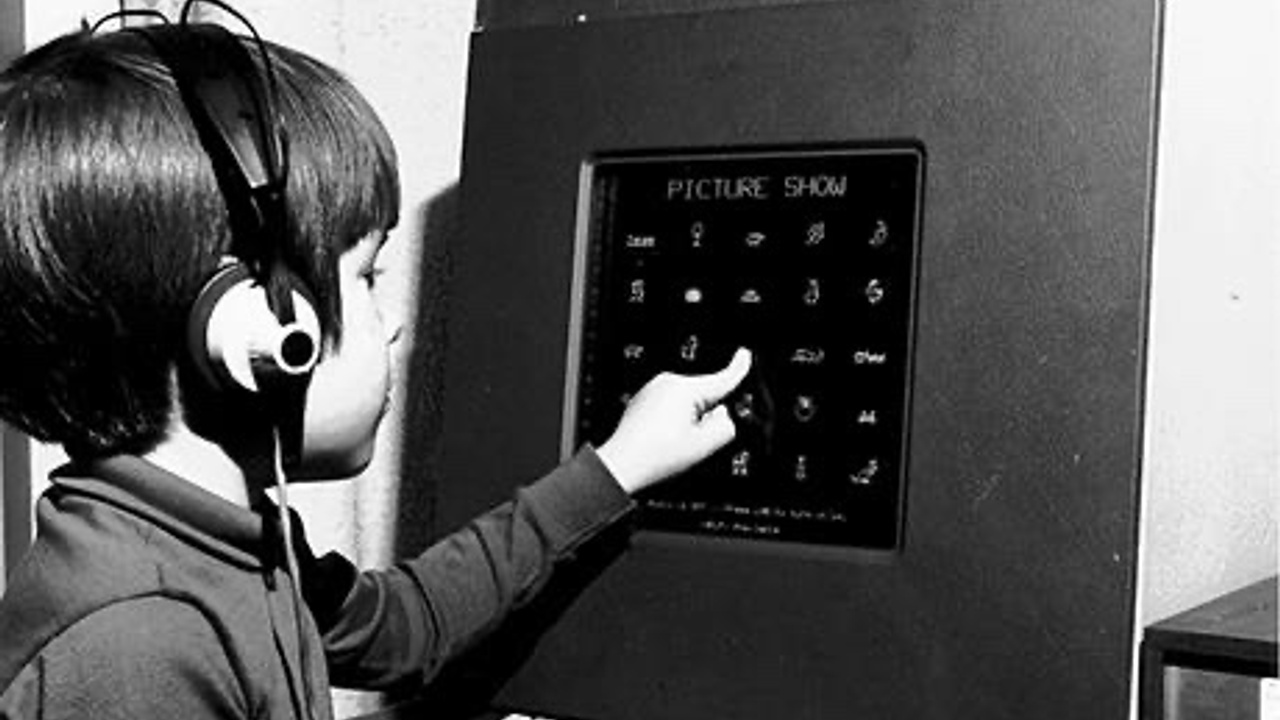
ILT vs Hybrid vs eLearning (oh my)
Oct 19, 2022by Jonathan Peters, PhD
When discussing technology and learning, it’s important to understand that the human brain developed over millions of years, and even the most ancient parts of the brain were learning long before we developed our cerebral cortex.
Putting aside survival and skill learning that can happen in the more ancient parts of our brain, what about “cerebral” learning? Well, we assume humans had fully formed languages 70,000 years ago when we began to form societies, but we were probably speaking long before then since all humans have the capacity for language. This suggests that we must have been speaking before the great migration out of Africa, say 1.6 million years ago. This is supported by a couple of recent studies suggesting that Neanderthal had the capacity for language as well.
Moving forward in time, the first alphabet was invented in 1800 BCE, meaning no one was reading before then. And of course, most of us weren’t reading until after 1436 when the Gutenberg Press was invented.
We haven’t had much time as a species to adapt to learning via the written word, but even less time to adapt to technology-based learning. For hundreds of thousands of years, we learned directly from our teachers.
In fact, the very first alternative to instructor-led training occurred within many living people’s lifetimes. In 1960, the University of Illinois created PLATO (Programmed Logic of Automated Teaching Operations), which sat on their mainframe computer. Of course, learners needed direct-line access to the computer, so there wasn’t much of an advantage over instructor-led training.
Really, it wasn’t until the 1990s that eLearning began to develop, thanks to personal computers and CD-ROMs (56k modems couldn’t transmit quality sound and video). However, without an LMS, there wasn’t a way to track progress and completion.
The advantage of eLearning in its many forms is that it is scalable in a way that face-to-face learning cannot be. No matter how large the classroom, there is still a limit to the number of students listening to a teacher. And then there’s the need to have everyone in one space at the same time.
However, when it comes to effectiveness, our brains are not ready for a completely online learning environment. We still do better in the presence of a live instructor.
Interestingly, though, several studies of blended instruction found they are more effective than purely digital or live classes. Researchers believe that this is because learners can both work independently and collaboratively. Also, a live instructor can help individuals instead of the whole class being held up by the slowest learner.
Thus, blended learning allows for a more personalized learning experience. Learners can learn at their own pace and go as deep into the information as they wish, thus preparing them for the in-person aspects of the program.
So when it comes to making environmental choices for our courses, it turns out that the best approach is not instructor-led nor eLearning, but a combination of both.
In other words, you can have your cake and eat it too.
More Ideas for Hybrid Events and Courses:
The workplace has changed permanently—now, many corporate training and events are choosing to go hybrid. We are excited by the opportunity to combine the deep engagement possible with face-to-face, with the undeniable reach afforded by virtual technology. As we continue to morph to a "new normal", hybrid events are increasing in popularity. What does this mean for your corporate and higher ed learning programs and events? Can you create an engaging experience that connects two audiences — in-person attendees and virtual attendees?
- Keep it fun and active during your remote meetings and classes with a virtual treasure hunt game:
https://www.sententiagamification.com/treasure-hunt-game - A FREE Activity Guide Book:
https://www.sententiagamification.com/tat-ebook - Listen to a podcast on how to gamify your next webinar:
https://directory.libsyn.com/episode/index/id/13632260 - A quick look at Live, Virtual, or Hybrid:
https://www.youtube.com/watch?v=V5iU382wyXo - A strategy for creating connections in an isolated world:
https://www.sententiagamification.com/blog/creating-connections-in-an-isolated-world - Schedule a virtual meal for creativity, challenge, and collaboration:
https://www.sententiagamification.com/blog/virtual-meals-to-form-a-magic-circle-of-creativity-challenge-and-collaboration - Virtual Courses Coming Up from Sententia Gamification
https://www.sententiagamification.com/events
Don't miss a beat!
New moves, motivation, and classes delivered to your inbox.
We hate SPAM. We will never sell your information, for any reason.
